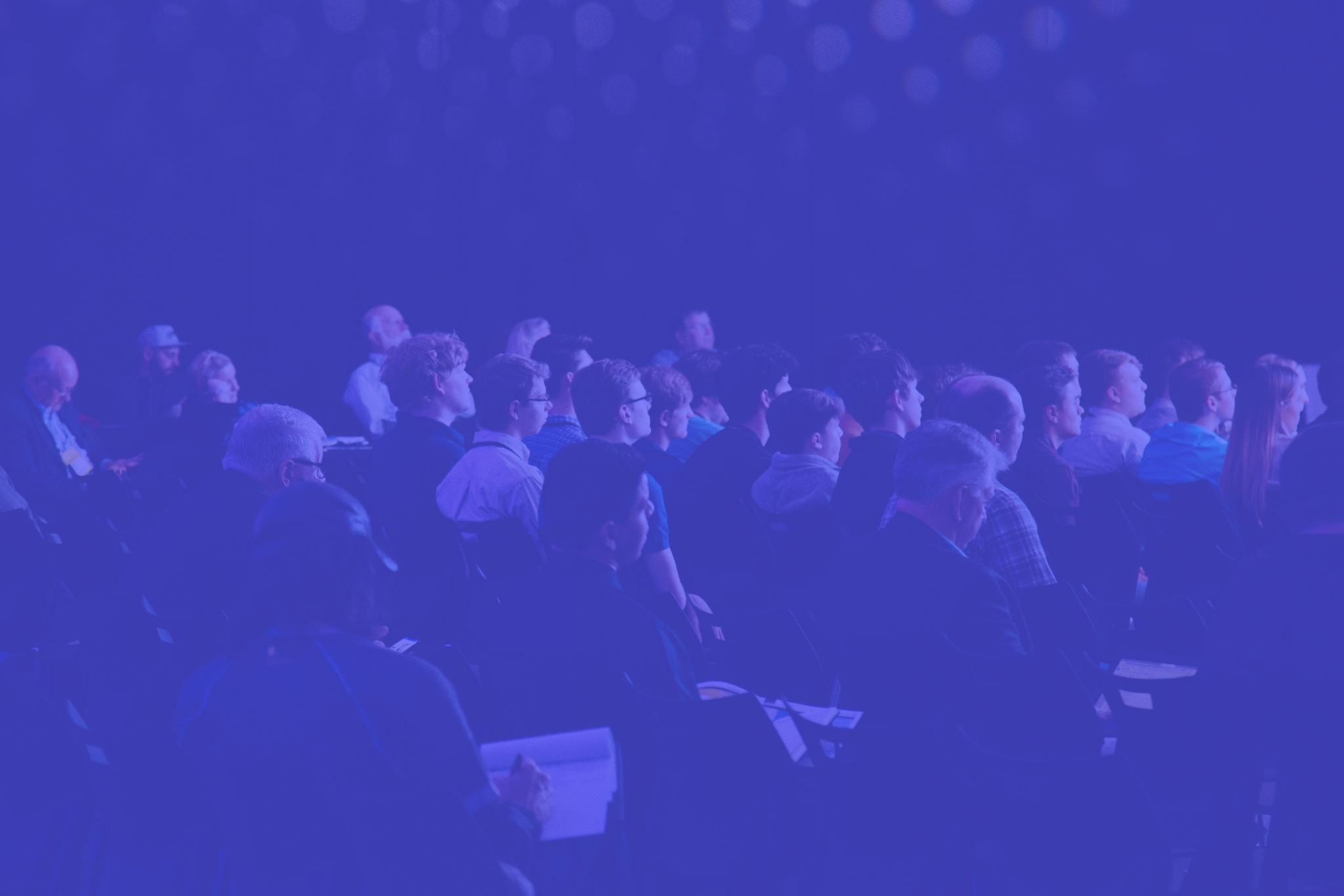Work doesn’t look like it used to. We’re no longer tied to a desk in a typical office for 8 hours straight. Now an office could be a kitchen table, a train ride, or set in a different time zone entirely. As teams become more distributed and workflows more complex, companies are realizing that scattered tools and disconnected systems just don’t work. Jumping between apps to communicate, manage tasks, access HR documents, or schedule meetings kills focus, and with it, productivity too. What employees need now is a single place where all of this can happen naturally, preferably on their smartphones. That’s where employee experience platforms come in!
In fact, a survey conducted by Harvard Business Review shows that “89% of respondents consider driving adoption of employee-facing software is a moderate to high priority for leadership.”
These all-in-one systems act as a living, breathing part of the modern digital workplace. With web and mobile responsive apps, they are easy to reach and use. They centralize tools, simplify daily routines, and strengthen employee engagement without overwhelming people with yet another system to learn. These solutions are designed not only for office workers but also for hybrid teams and field staff, offering inclusive support for the entire workforce. When done right, they create space for better communication, faster execution, and a stronger sense of connection, no matter where people work from.
In this blog, we’ll explore how an all-in-one employee experience platform can help teams save time, stay engaged, and work better. Here are 10 advantages of using an employee experience platform to reshape the way your team works, connects, and grows.
1. Centralized Communication
Email chains, Slack threads, WhatsApp groups… When communication happens everywhere, clarity is nowhere.
According to Harvard Business Review, “more than 80% of employees would rather work for an organization that values open communication than one that only offers perks like free meals and great health plans.”
This data shows the importance of creating a culture of communication through effective tools.
An all-in-one employee experience platform brings all internal conversations into one place. Whether it’s quick team updates, company-wide announcements, or a one-on-one chat, messages are easy to find and respond to. This level of organization helps people stay informed without getting overwhelmed. It also reduces the chance of missing critical information. For managers, it means less chasing. For employees, it’s less noise. And for the whole company, it increases clarity, connection, and employee engagement.
2. Task & Project Management
There’s nothing worse than not knowing who’s doing what, or when it’s due. This is especially true for large teams or those working across different locations. That is why, visibility into tasks and responsibilities is essential.
Employee experience platforms make it easy to clearly define tasks, set deadlines, and assign accountability. Everyone can view their assignments in one place, track updates in real time, and take timely action.
With instant notifications and reminders, communication stays clear and teams stay aligned. This kind of setup helps everyone focus on the same goal and keeps daily workflows running smoothly.
3. Time Optimization in HR Workflows
Managing HR tasks across different systems often feels like going on a scavenger hunt without a map, time-consuming, confusing, and full of question marks. A good employee experience platform brings everything together in one clear, accessible space. While employees can manage their time with just a few taps, managers can get real-time oversight of schedules, leave requests, and attendance. With Personnel Attendance Control System integration, clock-in and clock-out times are automatically recorded, making it easy to track attendance for all employees, from field teams to office staff. By collecting timesheet data consistently through the platform, both workforce planning and HR operations become faster and more efficient, decreasing the administrative load of HR professionals!
4. Company Announcements & News
If you like gambling, share important news via email! It might get buried, missed, or forgotten, you will never know! On the other hand, with an employee experience platform, updates live in a space that employees check daily. Whether it’s a leadership change, or a policy update, everyone sees the same message at the same time. This helps build a culture of transparency and trust, especially in large or hybrid teams. The more connected people feel to what’s going on, the stronger the employee engagement and sense of belonging becomes!
5. Employee Recognition & Feedback
“Employees who strongly agree that recognition is an important part of their organization’s culture are 4.2 times as likely to strongly agree that their organization cares about their wellbeing.”
Built-in recognition features allow teammates and managers to give meaningful shoutouts, celebrate wins, and share feedback consistently. Regular, visible appreciation helps build confidence and keeps motivation high, especially for remote or hybrid teams. Plus, continuous feedback means fewer surprises during review season. Beyond feedback, integrated survey tools let companies regularly check in with employees, on everything from lunch quality to leadership. This two-way feedback not only improves morale, but also gives HR actionable insights resulting in a more engaged team.
6. Onboarding & Training
First days are overwhelming. Onboarding can become chaotic if it is not organized in one place. With the right employee experience platform, new hires get a clear, guided experience: welcome messages, assigned tasks, and training materials, all in a single interface. It also helps managers track progress and ensure nothing is overlooked. Over time, the same system can support ongoing learning and internal training. It’s a smoother experience for everyone and a major upgrade to traditional onboarding workflows.
7. Document Management
Ask five people where the HR policy lives, and you’ll get five different answers. Document clutter is real and frustrating. A centralized digital workplace gives everyone access to the same library of files, policies, and templates. Searchable, organized, and always up to date, it saves time and reduces confusion. Whether someone’s looking for a reimbursement form or the latest brand guidelines, they know exactly where to go. It also makes compliance easier and keeps information secure.
8. Wellness & Social Engagement
“To win in the marketplace you must first win in the workplace.”
— Doug Conant
This quote captures the heart of what many companies are finally starting to realize: business success begins with employee well-being. Well-being isn’t a perk, it’s what keeps us alive. An all-in-one employee experience platform supports more than just productivity; it supports people. From virtual coffee breaks to wellness check-ins and mood tracking, these tools create space for connection beyond the to-do list. Especially in remote work solutions, these touchpoints build balance and belonging, while also increasing employee engagement. Because when people feel better, they work better.
9. Event & Meeting Scheduling
Trying to find a time for a simple meeting shouldn’t feel like a game of Tetris. Integrated scheduling tools make it easy to set up meetings, events, and check-ins without endless email threads. You can even check availability, send invites, and attach relevant documents. This not only reduces wasted time, it provides better time management to your employees by helping them plan smarter. For hybrid or distributed teams, it means smoother coordination across time zones and work styles. It’s a small change that can make a big difference for your workday.
10. Mobile Accessibility
“As of the third quarter of 2024, approximately 98 percent of global users accessed the internet via mobile phones.”
Work happens everywhere now and the statistics above clearly show that mobile accessibility is now a non-negotiable. A modern employee experience platform should offer the full experience on both web and mobile. This gives employees the freedom to check in, stay updated, or take action without needing a laptop. It’s especially powerful in remote work solutions, where flexibility is everything. When people have the tools they need, wherever they are, they feel more in control, more productive, and more connected to their work and their team.
Final Thoughts
From project planning to performance feedback, employee recognition to wellness check-ins, employee experience platforms do more than just keep work organized, they shape how people feel about their work. A well-designed employee experience platform isn’t just a system, it’s the space where time is managed wisely, employees feel truly valued, and teams build stronger bonds across every distance. When communication, clarity, and engagement come together, everyone benefits.
If you’re looking for an all-in-one solution that brings time management, HR tools, communication, and real-time engagement features together, the Passgage HR Super App is what you are looking for! Flexible, intuitive, and designed for modern teams, it helps you build a digital workplace where people and productivity go hand in hand!
Ready to See It in Action?
👉 Book a demo or explore how Passgage can help you streamline your daily workflows.




